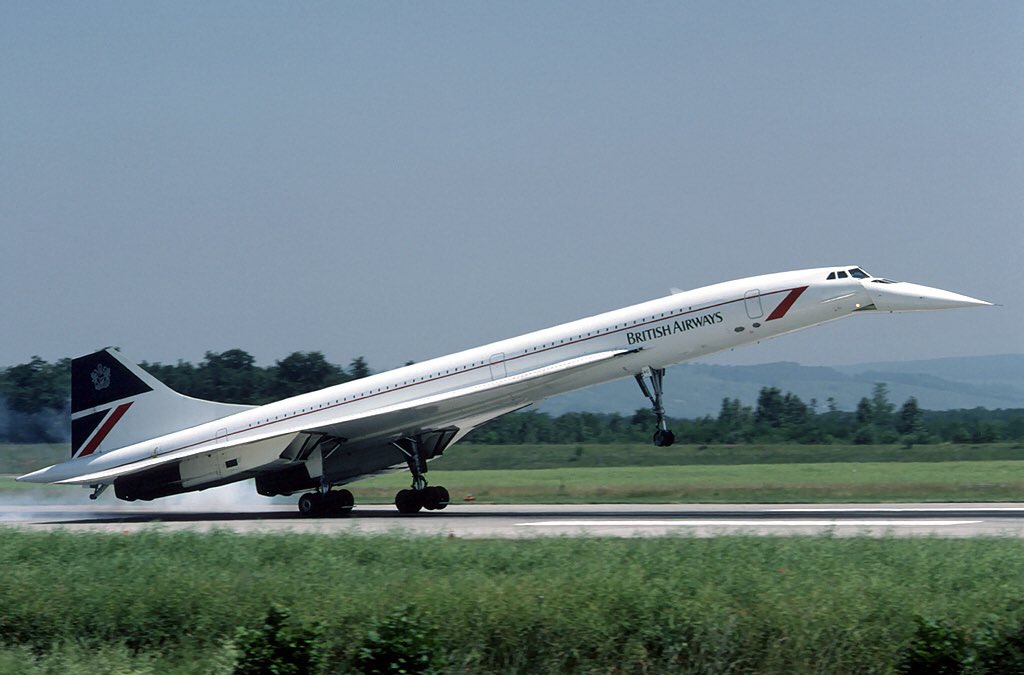NASA recently announced that a model of the X-59 aircraft had completed a round of testing in a wind tunnel in Japan, boosting the agency’s plans to usher in a new era of commercial faster-than-sound air travel overland.
Lockheed In A Soup! US Air Force Demands ‘Evidence Of Capability’ Over Block 4 Upgrades For F-35A Jets
Under a December 2020 agreement, NASA and the Japan Aerospace Exploration Agency (JAXA) executed the latest independent wind tunnel tests on a 1.62% scale model of the X-59, the agency said.
Researchers positioned a scale replica of the X-59 in a JAXA wind tunnel and measured the pressure waves as the supersonic airflow swept over the model to determine if they operated as planned. Even when conducting the test with the same model, the data can fluctuate. Similarly, placing the model in a different wind tunnel could yield different results.
“But that’s a good thing. By using the same model in both wind tunnels, we can improve our certainty in the data obtained and increase our understanding of the X-59’s design,” said Melissa Carter, a senior researcher with NASA’s Commercial Supersonic Technology project.

According to the agency, researchers can better comprehend and forecast how the air would behave when the X-59 takes flight by comparing data collected earlier from wind tunnel testing at NASA facilities with data collected currently from the JAXA test.
This recent announcement comes only days after the agency confirmed that vital ground tests of its experimental X-59 Quiet SuperSonic Technology Aircraft had been completed.
Before that, NASA completed the first successful tests of the X-59 spacecraft at its Glenn research facility in January 2022.
Progress on Supersonic X-59
Lockheed Martin is currently developing the X-59 QueSST experimental plane for NASA’s Low Boom Flight Demonstration (LBFD) project, which will collect data to assist define regulations for future commercial supersonic flights over land.
Moskva Retaliation? All Russian Submarines Are Now Deployed In The Black Sea As Moscow Goes For The Kill — Reports
The Concorde, the world’s first supersonic commercial aircraft, took to the skies for the first flight in 1976, a momentous event at the time; however, the plane only lasted until 2003.
Before its retirement, one of the Concorde’s drawbacks was that it had to leave city spaces and even sparsely inhabited areas before advancing to Mach 1. This was mainly because the sonic boom could destroy property on the ground.

Now, in cooperation with Lockheed Martin, NASA is attempting to revolutionize aviation by letting supersonic aircraft zoom at a lightning pace immediately after takeoff.
The contract to develop a quiet supersonic plane was handed to Lockheed Martin in 2016, and the project has progressed significantly since then. On 10 May, Lockheed Martin released a video on their official YouTube account detailing the progress of the supersonic X-59.
Since 2018, Skunk Work’s facility at US Air Force Plant 42 in Palmdale, California, has been working on the plane. According to the video, Lockheed Martin shipped the X-59 to its Skunk Works’ Fort Worth facility in December for the two main tests.
The plane was first put through a structural proof test to ensure that it met all of the requirements. The fuel system was put through its paces to ensure that it accurately measures the fuel and delivers all of the necessary flow rates to the engine.
Tony Delagarza, Finite element analysis Lead X-59, said, “I got the chance recently to help out during structural testing and it was great to see the vehicles that we had been working so hard to design right in front of us going through its paces. ”
He explained, “We installed the vehicle inside the structural test rig and pushed and pulled on it with jacks. To simulate the operational loads, it would experience. This allowed us to gather data to successfully correlate our models with.”
The X-59 air vehicle engineering lead highlighted in the video that “digital engineering has been integral to the design of X-59 since its early stages. Unlike the traditional aircraft, where we extensively used wind tunnels to shape and understand the flow around the configuration. We use thousands of computer simulations to characterize the nuance of every single flow feature on the airplane.”

The developing team had to estimate the shape of the vehicle using aeroelastic modeling and examine its impact on the boom to attain our desired boom levels. The researchers realized that accounting for these deflections was critical, so they created a jig shape that allows the vehicle to achieve its desired shape during the cruise while deforming in flight.
The team recently evaluated this cruising condition, and they were able to demonstrate that their anticipated deflections were within 10% of their measured ones. That was very important to achieve its low boom requirements, and it was also one of the primary reasons why the team was able to create and develop X-59 now, rather than 20 or 30 years ago.
Sonic booms can be extremely loud and powerful enough to smash windows. The anticipated sonic boom strength of the X-59 is comparable to a car door slamming. NASA’s objective with this vehicle is to collect data from communities and help lift limitations on supersonic land travel.
While some testing remains for the vehicle, the team is optimistic about a positive outcome for the first flight shortly.
- Contact the author at ashishmichel@gmail.com
- Follow EurAsian Times on Google News




